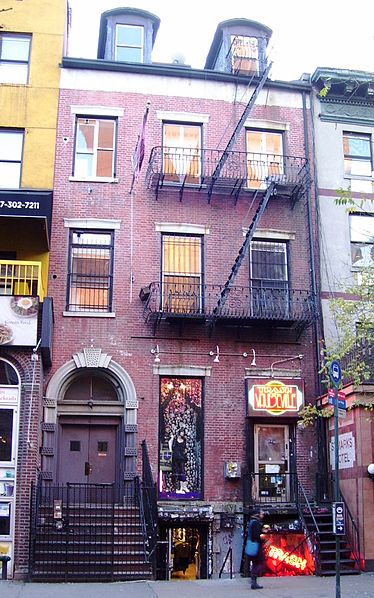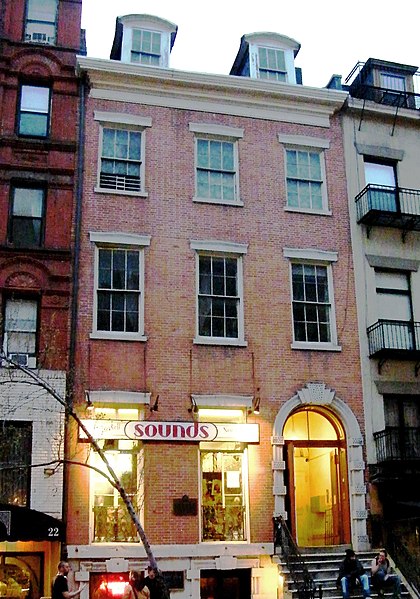History of New York City (1946–1977)
Immediately after World War II, New York City became known as one of the world's greatest cities. However, after peaking in population in 1950, the city began to feel the effects of suburbanization brought about by new housing communities such as Levittown, a downturn in industry and commerce as businesses left for places where it was cheaper and easier to operate, an increase in crime, and an upturn in its welfare burden, all of which reached a nadir in the city's fiscal crisis of the 1970s, when it barely avoided defaulting on its obligations and declaring bankruptcy.
Pennsylvania Station in 1962, two years before it was torn down, an event which jump-started the historic preservation movement.
A 1973 photo of New York City skyscrapers in smog
Anderson Avenue garbage strike. A common scene throughout New York City in 1968 during a sanitation workers strike
View of the World Trade Center under construction from Duane Street, Manhattan, 1970
The East Village is a neighborhood on the East Side of Lower Manhattan in New York City, United States. It is roughly defined as the area east of the Bowery and Third Avenue, between 14th Street on the north and Houston Street on the south. The East Village contains three subsections: Alphabet City, in reference to the single-letter-named avenues that are located to the east of First Avenue; Little Ukraine, near Second Avenue and 6th and 7th Streets; and the Bowery, located around the street of the same name.
Second Avenue and 6th Street, facing south, photographed in 2005
Stuyvesant Street, one of the neighborhood's oldest streets, in front of St. Mark's Church in-the-Bowery. This street served as the boundary between boweries 1 and 2, owned by Peter Stuyvesant.
Hamilton-Holly House
Daniel LeRoy House








